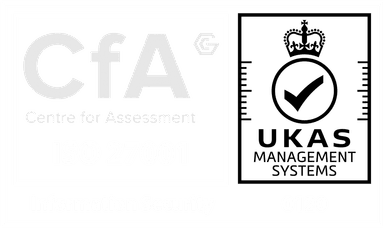Case Studies
Target Operating Model
Case Study: Implemented operational excellence and developed a new Target Operating Model to reduce headcount by 25%.


Graham Mathie - 11/01/2024
Background
Our client, a U.K wide fuel distributor, was running an inefficient operation which was top heavy with management and laden with disparate processes and unnecessarily high operating costs. This was a factor in an underperforming sales operation and dissatisfied customers and staff. We were engaged to assess the current design operation with the view of designing an optimal target operating model to facilitate growth while reducing Opex.
What did we do?
- We conducted discovery to establish the clients business strategy, ‘as-is’ operating model and used this to shape recommendations on what the target operating model should look like To examine the current operating model, we divided it into 4 main sections:
- Process What processes and activities are currently in place and how do they operate?
- Organisation How does the business currently organise its employees and how do those employees collaborate and work together?
- Technology What technology does the business currently rely in order to carry out its processes? How does the use of these technologies impact the business?
- Data & Information What Data and Information does the business have access to? How can that data be used to draw insights and improve visibility of operations?
- Our team used a range of techniques to gather the required information of the current operating model such as Stakeholder maps, manager Interviews, advisor Interviews, Workshops, business data analysis, site visits and call listening. We then synthesised this information and insight to determine the key pain points in the operation.
- We designed innovative solutions to these pain points and made our recommendations based on impact assessment vs ease of implementation.
Benefits Realised
- We identified an opportunity to reduce headcount by 10% through the target operating model through improved spans of control and redesigning role activities
- Further opportunity to reduce headcount by 15% via increasing standardisation a reduction in failure demand by 20% and 15% increase in FCR with no increase to AHT.
Contact us
We're always here to help. Whether you have inquiries, feedback, or just want to connect, don't hesitate to reach out.
help@clydeventures.com
0141 375 1472
Suite 405-407, Baltic Chambers, 50 Wellington Street, Glasgow, G2 6HJ.
Let's get in touch, we'd love to hear from you!




